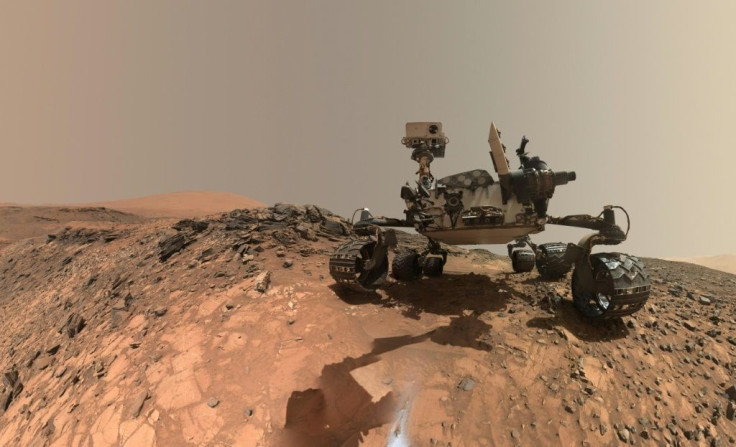Here’s How You Can Teach NASA’s Curiosity Rover How To Drive
KEY POINTS
- NASA launched a new machine learning tool for rovers
- The public can use the tool to train Curiosity's algorithm
- Using the tool can help Curiosity drive safely on Mars
NASA is urging members of the public to help teach its Curiosity rover how to drive safely on Mars. Those who would like to participate in the project may do so through a new machine learning tool available online.
The new tool launched by NASA is known as AI4Mars, which is currently being hosted through the citizen science website known as Zooniverse.
Through the tool, users will be shown various terrains and landscapes surrounding Curiosity on Mars. They will then have to identify and label the various natural features around the rover.
The information that will be collected through AI4Mars will be used for a program known as Soil Property and Object Classification (SPOC), which is used by Mars rover drivers to train the algorithm of these instruments.
Through SPOC, the team behind Curiosity will be able to train its intelligence when it comes to planning safe routes across the harsh Martian terrain. Doing so will help rovers avoid accidents on Mars, such as when the Spirit rover got permanently stuck in a sand trap back in 2010.
“In the future, we hope this algorithm can become accurate enough to do other useful tasks, like predicting how likely a rover's wheels are to slip on different surfaces,” Hiro Ono of NASA’s Jet Propulsion Laboratory said in a statement.
Currently, it takes about four to five hours just to plan a simple route for Curiosity on Mars. The typical planning stage involves writing and going through hundreds of lines of code. Geologists are also involved in the planning process. They usually look over terrain to identify potential safety issues.
Other experts such as planners and engineers also participate by going over the rover’s various technical features.
NASA believes that opening the rover’s training and planning stages to the public would save a lot of time and resources.
“It's our job to figure out how to safely get the mission's science,” Stephanie Oij, a NASA rover planner involved in the AI4Mars program, explained. “Automatically generating terrain labels would save us time and help us be more productive."

© Copyright IBTimes 2024. All rights reserved.





















